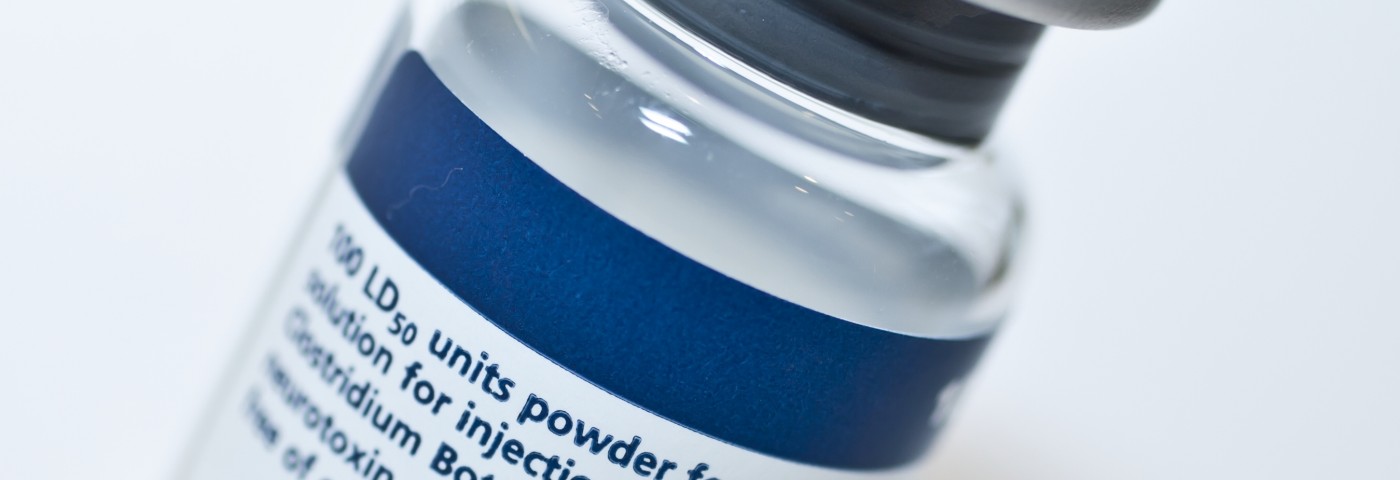Administrating botulinum toxin A (Botox) directly into the neck of the bladder can alleviate BPH patients’ symptoms of urinary retention. according to a study, “Botulinum Toxin A Injection in the Bladder Neck: A Promising Treatment for Urinary Retention,” published in the journal Case Reports in Urology.
Benign prostatic hyperplasia (BPH) is characterized by a benign (noncancerous) increase in size of the prostate, causing several complications, including urinary tract infections and bladder decompensation, due to an obstruction in urine flow. Several treatments are currently available, among them botulinum toxin A, a neurotoxic protein produced by the bacterium Clostridium botulinum and used by neurologists as a treatment for neuromuscular conditions such as dystonia and spasticity. The toxin is also used for reducing wrinkles and rejuvenating aging faces, injected as what is known as Botox.
However, research is lacking on treatment evidence for urinary retention secondary to BPH injecting Botox into the bladder neck.
Researchers describe a case report of a 75-year-old male patient with a chronic history of obstructive lower urinary tract symptoms (LUTS) and multiple comorbidities admitted to the hospital for management of recurrent urinary retention. The patient could not be considered for other treatments, including transurethral incision of the prostate or transurethral resection of the prostate.
Intraprostatic injection of botulinum neurotoxin type A is a minimally invasive procedure to treat benign prostatic hyperplasia and subsequent LUTS. While in previous studies intraporostatic injection improved several BPH parameters, in this study the patient was submitted to a transurethral injection into the bladder neck. The results were very positive and the patient experienced symptomatic relief.
This report represents a preliminary study showing that botulinum toxin injection in the bladder neck is a potential minimally invasive, tolerated, and cost-effective treatment for urinary retention symptoms in patients with benign prostatic obstruction who are not candidates for surgery or whose other treatments failed. Additional studies, however, are required to validate this approach, as well as the adequate dosage of the toxin required.

